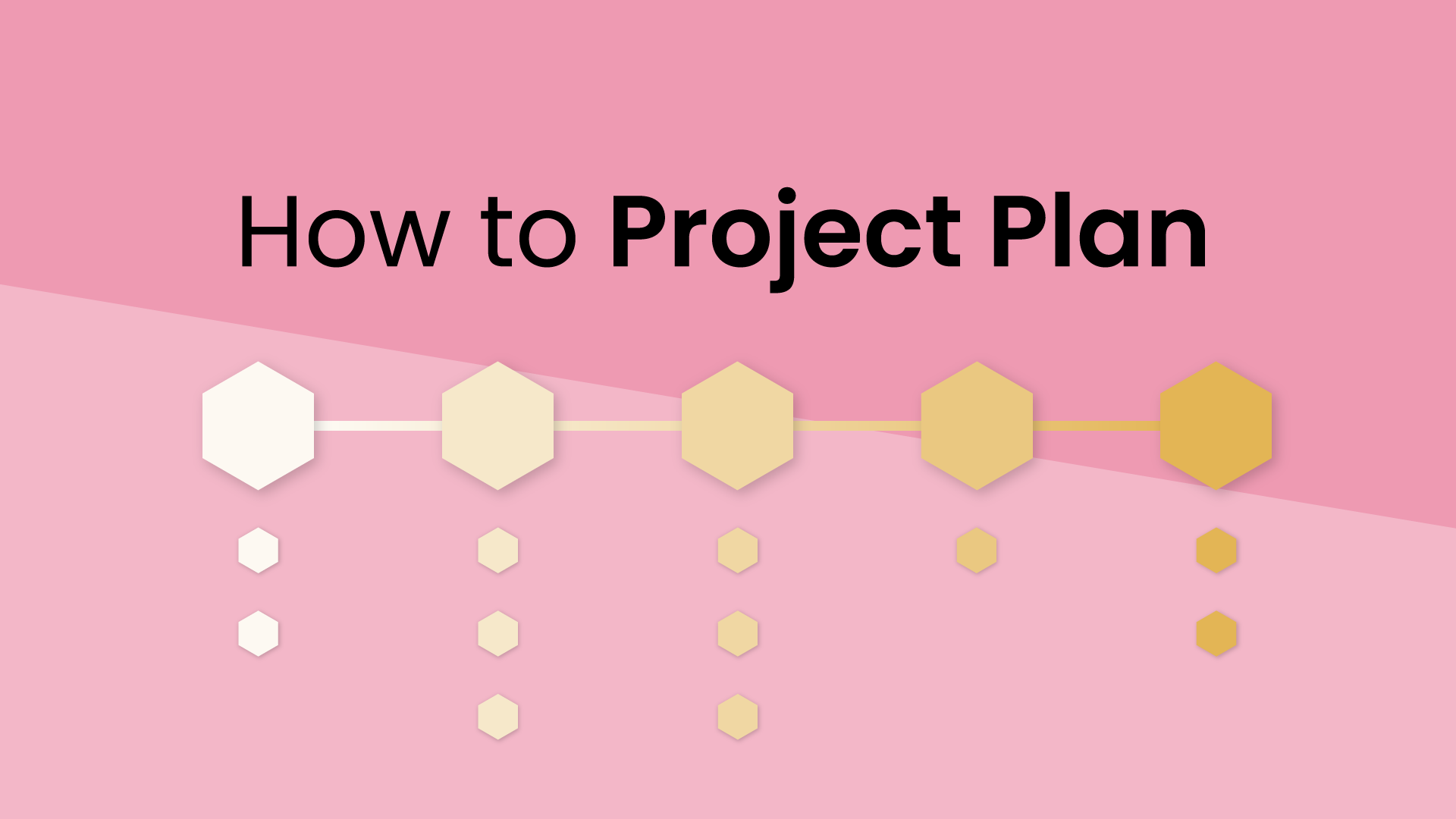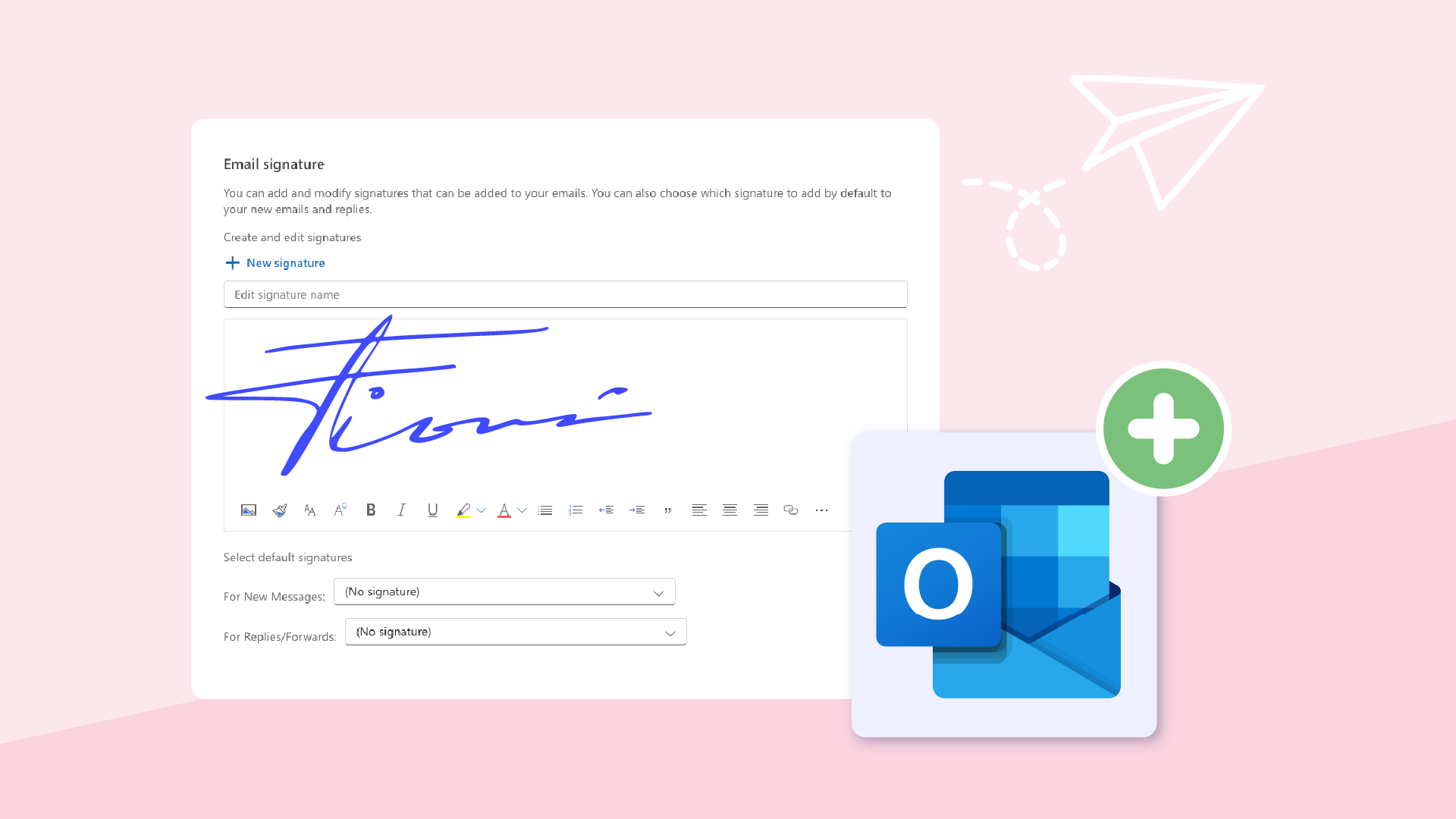

You hear about it often, but what exactly is job satisfaction? Job satisfaction is the measure of how fulfilled you feel by your work, and how content you are in your professional position. While it’s not necessarily easy to measure, it’s pretty obvious to tell when you’re not content at work. Maybe you’re constantly mentally exhausted, disengaged from your work, or feeling unappreciated in your position. On the flip side, if you’re feeling happy about your job – you’re probably more enthusiastic about your work, leave team meetings feeling connected and inspired, and have a higher sense of morale with your company.
While every professional has a unique criteria for what keeps them satisfied at work – maintaining a positive work culture for your employees is foundational to both the retention and productivity of the team. On average, positive workplace satisfaction boosts productivity by 31% – with unhappy workers’ performance a full 10% less productive than their content colleagues. And with only 65% of US employees content with their job, employers are eager for improvements to increase job satisfaction in their employees.
In this post we’re going to take a look at the relationship between productivity and job satisfaction, and cover effective rituals to implement to increase the productivity and happiness of your team.
Which comes first, job satisfaction or productivity?
Like the chicken and the egg – satisfaction and productivity positively encourage the other in a cyclical way. When we accomplish something productive (for example, finishing a task on our to-do list) our brains release feel-good chemicals like dopamine as a reward, which makes us feel satisfied and happy. When we feel satisfied and happy, we are, in turn, more likely to be productive when moving on to other tasks because we know finishing them will make us feel good.
On the other hand, one of the biggest misconceptions in productivity (in our opinion) is that being busy is the same thing as being productive. In fact, having too many to-dos can actually negatively impact productivity due to increased decision paralysis, and even lead to burnout when you become too overwhelmed and overworked – something 60.2% of professionals across departments are struggling with as of October 2022 . And while it feels great to knock a bunch of tasks off your to-do list, not enough professionals are willing to stop themselves for even 15 minutes in the morning to ask the question “What is the most important thing I need to get done today?” You might find that a lot of day-to-day ‘busywork’ isn’t actually in line with your goals.
Once you start to orient your day around the most important things – and really start to map your tasks and your schedule around the 3-5 most critical priorities – your whole workweek changes, and you can begin to harness actually sustainable productivity. You can say 'no' to things more confidently, prioritize your backlog more effectively, and end your days with a feeling of true satisfaction and calmness.
And employers and managers can often fall into the same busy/productive trap – giving employees lots of incentives to stay in the office (or at their home desk) for as long as possible, and optimize for filling out the workweek with stuff rather than helping their employees to be smarter about how they manage their time. The same approach applies here: when companies start to embrace the idea of ruthless prioritization around their corporate objectives, they suddenly find that there are many more hours in the week than they realized. They also facilitate happier employees, who get to live their lives with a lot more flexibility and balance – while getting more accomplished every week.
Positive rituals to improve workplace productivity
A majority 74% of US employees report that company culture is one of the most important contributing factors to job satisfaction. And while there’s a lot that goes into building a positive workplace culture – developing structure around productivity is foundational to empowering employees to stay on track, make the most of their time, and protect them from getting overrun by non-priorities and feeling disengaged in their positions.
Monthly rituals (or even weekly, especially in fast-paced organizations where things change often) can encourage professionals to step back from the treadmill for a moment to evaluate where their time is going. It’s very typical to go through a busy week, get to Friday, and snap out of it to say “What the heck just happened? Did I really move anything forward?”
Taking a breather on a regular cadence to re-evaluate your priorities and groom your backlog across work and life can help to center your productivity, rebalance your needs, and ultimately gain a lot more happiness in your job.
Let’s walk through some positive rituals you can apply on an individual level, or across your entire team, to boost both productivity and job satisfaction in the workplace. Professionals should take an agile approach to these kinds of rituals. Once a month is great, but there are micro-rituals you can perform daily and weekly that make the monthly ritual even more effective.
Here are the rituals we use here at Reclaim:
1. Morning & afternoon check-ins
This one is really simple. In the morning, write down three priority tasks (no more than three!) that are the most important things to get done that day. Centralize your daily plan around accomplishing just those three tasks – fitting in any smaller to-dos only after they are completed. If they are cognitively demanding tasks, try blocking off time in the morning for deep work (when the average person is most productive) and reserve the afternoon for tasks that only require shallow work. At the end of the day before you log off – review, and write down the three things you need to get done tomorrow. The next morning, review that list and make sure it is still in alignment with your priorities. Rinse and repeat.
While three tasks a day might not feel like a lot, it ensures realistic daily progress towards your goals, and minimizes decision paralysis, context switching, and overwhelm – especially on weeks when you’re staring down a massive task list. On a company level, this can even be applied as a best practice for teams to use in their daily standups and reports. By encouraging the team to share their three priorities for the day, you can support uninterrupted focus time for bigger tasks, scheduling fewer meetings, or even implement a company-wise ‘no meeting day’ so everyone has dedicated time for individual task work.
2. Weekly Status Reports
Are you all too often wondering what you actually got through this past month? Instead of trying to recall work that seems way distant now, spend an hour or so at the end of each week to write a status report that you share with your manager and team.
This weekly status report can take a variety of forms, but the format we recommend is orienting around the Three Ps: Priorities, Problems, and Progress. Basically, review your current 3-5 most important priorities, discuss any blockers or issues you’re having trouble making progress on, and document what you’ve done to move your priorities forward.
This way you can reevaluate your current master task list against your priorities, share any blockers you need support on from your team or manager, and organize a more productive work plan for the following week.
3. Calendar Audits
The goal of a calendar analysis is to regularly look at your calendar event-by-event, and evaluate where exactly your time was spent. These audits are most effective when performed consistently at regular intervals, so they should be completed at least monthly, and ideally weekly if you have a busy schedule balancing many different priorities. If looking at your time analysis you find that your daily work isn't actually aligned with your goals – that’s a great signal to review your time management strategy. And not just on an individual level - companies can also benefit from evaluating progress and productivity across teams via the calendar to see where time may be being misallocated towards lower priority items, and realign efforts back to high-priority goals.
And completing a regular calendar audit doesn’t need to be another time-consuming task you have to make time for every week. Reclaim.ai has a free Calendar Stats feature that automatically audits where your hours are spent across work and life so you can visualize exactly where your time is going without any manual analysis. For an easy snapshot, Reclaim sends you a Weekly Report every Friday breaking down how much of your time was spent in meetings, on solo work, and when you made time for your important habits like lunch.
Improve workplace culture = boost productivity and job satisfaction 🙌
These rituals help in creating a positive work culture where employees have the flexibility to focus on clear priorities, opportunities for effective communication around goals with their team and managers, and a supportive structure that fosters efficient planning and reviews.
As the professional collective gravitates away from the hustle mentality of cramming more work into less time, the research supports that clearer priorities and fewer distractions are actually more efficient in the overall success for both workers and companies. Implementing rituals that support this on an individual and team level is key to improving and supporting long-term productivity and job satisfaction, as we move forward to accomplish our goals, together.
Productivity Trends Reports
Ready for an
AI calendar?
Auto-schedule focus time, meetings, & breaks on Google Calendar + Outlook Calendar.
Start scheduling →It's free! 🎉



























